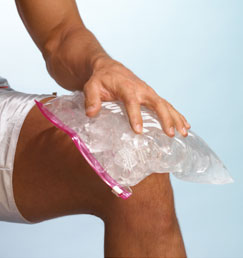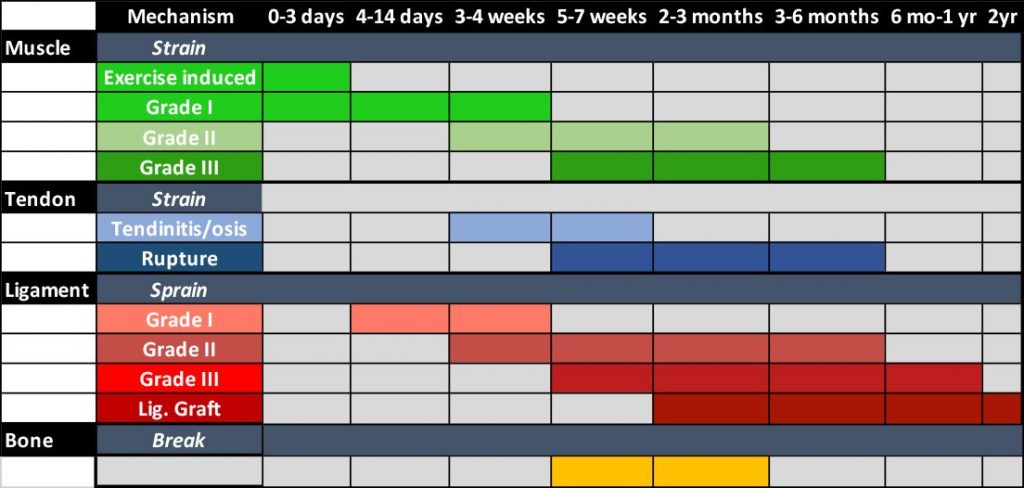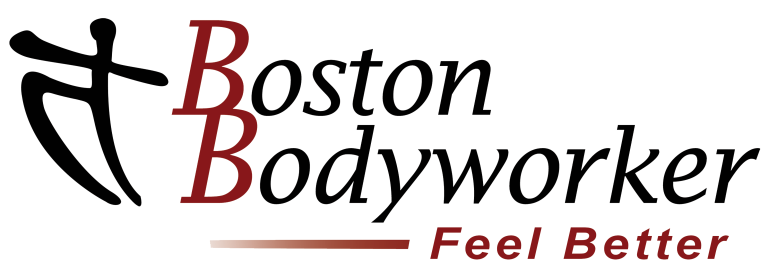On the Mend

 On the Mend
On the Mend
As we quickly approach the holy grail of running events, the Boston Marathon, we start to see a rise in our battered and beaten road warriors. Overuse conditions from months of increased training, acute injuries from falls on slippery roads and chronic aches and pains, all result in the patient surrendering to the need for assistance.
As much as we are empathetic and desperately want our marathoners, as well as all of our patients to mend as quickly as possible, it is just not that simple. A common statement my patients will hear from me is; “these are hands, not magic wands.”
There is no magic bullet to expedite the healing process, only ways to avoid slowing down or interrupting the natural process. Just like Rome, the human body wasn't built in a day and it certainly doesn't repair itself in that time frame. The body's response to damage is complex. It depends on the extent of damage, the type of tissue, your age, your health and many more factors you cannot control. The process of tissue healing is similar in all tissues, but they don’t all heal the same way. This is due to factors such as blood supply to the area, function of the tissue and our ability to protect the tissue in response to an injury.
When you consider these variables in the healing process, you can begin to ‘estimate’ the appropriate healing time for your injury. As much as we know you don’t want to hear that ‘you should not run’ or ‘you need to stay off it’ in order to allow for proper healing, it will never change the reality that tissues repair based upon our ability to allow the process to occur.
Consider the act of biting you lip. If you want that lip to heal, how often do you think you can continue to bite it as it’s trying to mend? The same logic is applicable to an injury. If you have a ‘Grade I’ knee sprain, the estimated healing process is anywhere from 3 days to 4 weeks. What amount of continued running & jumping would be appropriate? The chart below is a good guide for you to better understand the tissue repair process. As you will see, there are wide ranges of recovery times. These are NOT solely based upon the injury but include the factors we mentioned above. Massage, as an instrument in your recovery, can help to facilitate what your body is already trying to do naturally. However, it can be even more helpful by communicating to the brain through graded exposure to touch and movement, providing a message of safety, hence down grading the pain you may experience.
Factors that Impact Tissue Repair
- Severity of injury
- Loading: Too much or too little will impact the process. Always know the proper amount.
- Movement: Repetitive movement patterns and altered movement can stress injured tissues
- Hydration: Dehydrated tissues heal slower
- Inflammation: Systemic inflammation due to stress, poor nutrition, lack of sleep and other risk factors can impede healing
- Sleep: This is essential for tissue/cellular repair and inflammation control
- Cardiovascular Health: Need good circulation
BUT the pain is gone! Isn’t it healed?
- The absence of pain IS NOT a good indicator for healing or tissue remodeling
- Pain can usually be controlled with manual therapy and altered movements and loading patterns
- The injury still needs time to remodel. It will be at risk of reinjury or recurrence until complete remodeling has occurred
What’s the Grade mean for Sprains or Strains?
- Grade 1 (mild):Only some of the fibers in the ligament, tendon or muscle are torn, and the injured site is moderately painful and swollen. Function in the joint will be unaffected for the most part.
- Grade 2 (moderate):Many of the ligament, tendon or muscle fibers are torn, and pain and swelling is moderate. The functionality of the joint is compromised.
- Grade 3 (severe):The soft tissue is completely torn, and functionality and strength on the joint is completely compromised. In most cases, surgery is needed to repair the damage.

